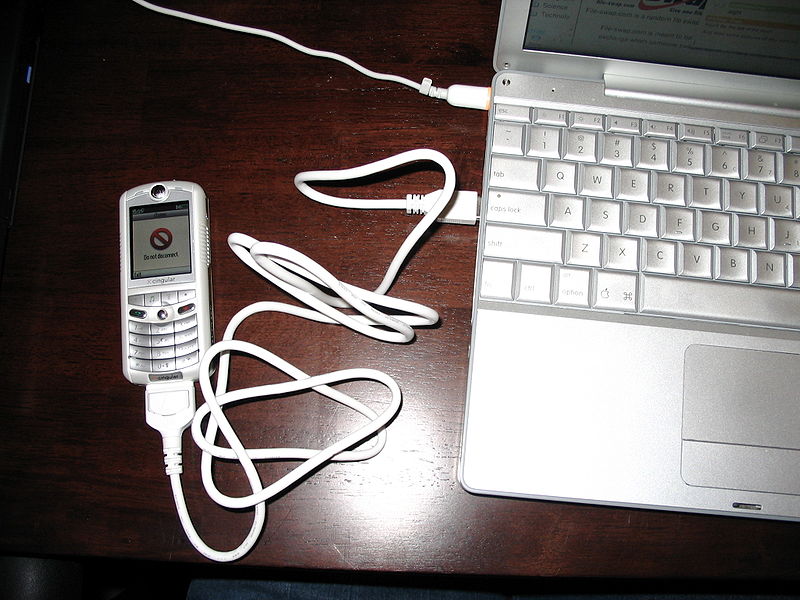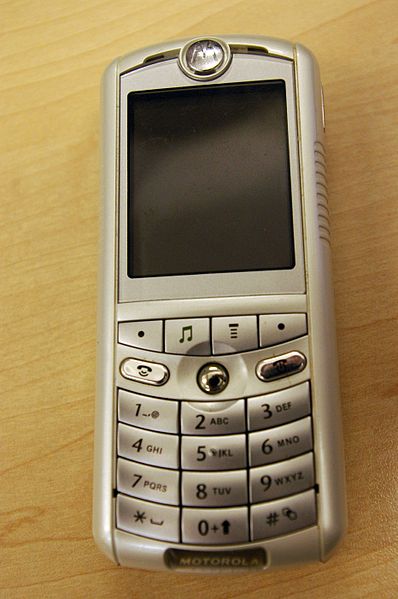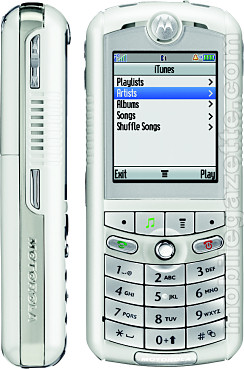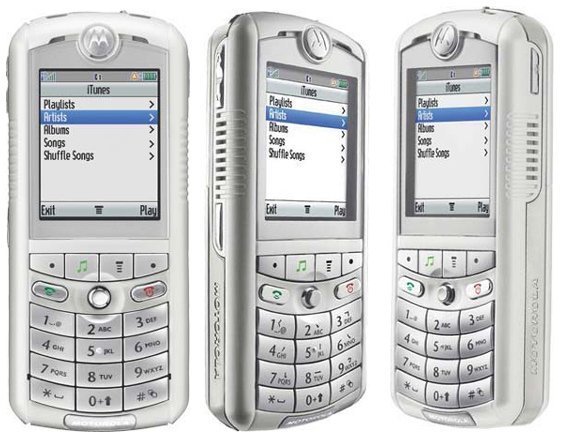When you say "phone with iTunes" most of us automatically think of the iPhone. But it was actually not the first mobile phone in history to support this service. Even before the iconic iPhone, the Rokr E1 push-button mobile phone came out of the cooperation between Apple and Motorola - the first mobile phone on which it was possible to run the iTunes service.
But Steve Jobs was not too enthusiastic about the phone. Among other things, the Rokr E1 was a stark example of the kind of disaster that can happen if you entrust an external designer to create an Apple-branded phone. The company then pledged that it would never repeat the same mistake.
The Rokr phone has its roots in 2004, when iPod sales at the time accounted for nearly 45% of Apple's revenue. At the time, Steve Jobs was worried that one of the competing companies would come up with something similar to the iPod - something that would be better and steal the iPod's place in the limelight. He didn't want Apple to be so dependent on iPod sales, so he decided to come up with something else.
That something was a phone. Then Mobile Phones although they were far from the iPhone, they were already routinely equipped with cameras. Jobs thought that if he was to compete with such mobile phones, he could only do so by releasing a phone that would also function as a full-fledged music player.
However, he decided to take a rather "unbelievable" step - he decided that the easiest way to eliminate potential rivals would be to merge with another company. Jobs chose Motorola for this purpose, and offered to then-CEO Ed Zander that the company release a version of the popular Motorola Razr with a built-in iPod.
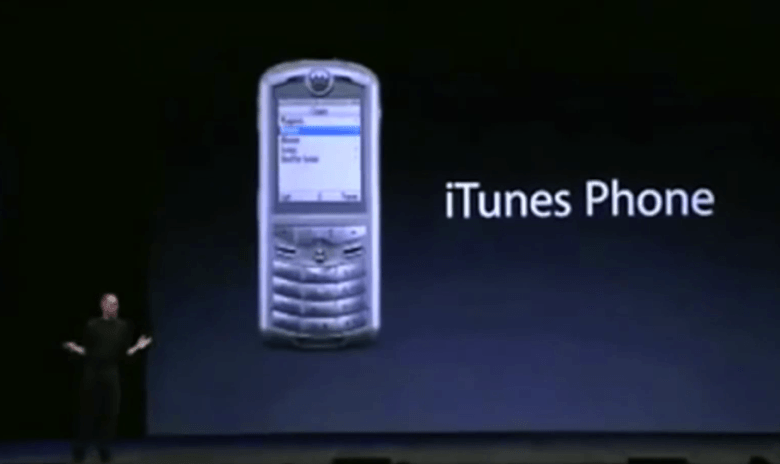
However, Rokr E1 turned out to be a failed product. Cheap plastic design, low-quality camera and limitation to one hundred songs. all this signed the Rokr E1 phone's death warrant. Users also disliked having to first purchase songs on iTunes and then transfer them to the phone via a cable.
The presentation of the phone didn't go too well either. Jobs failed to properly demonstrate the device's ability to play iTunes music on stage, which understandably upset him. "I pressed the wrong button," he said at the time. Unlike the iPod nano, which was introduced at the same event, the Rokr E1 was practically forgotten. In September 2006, Apple ended support for the phone, and a year later a completely new era began in this direction.
Source: Cult of Mac
